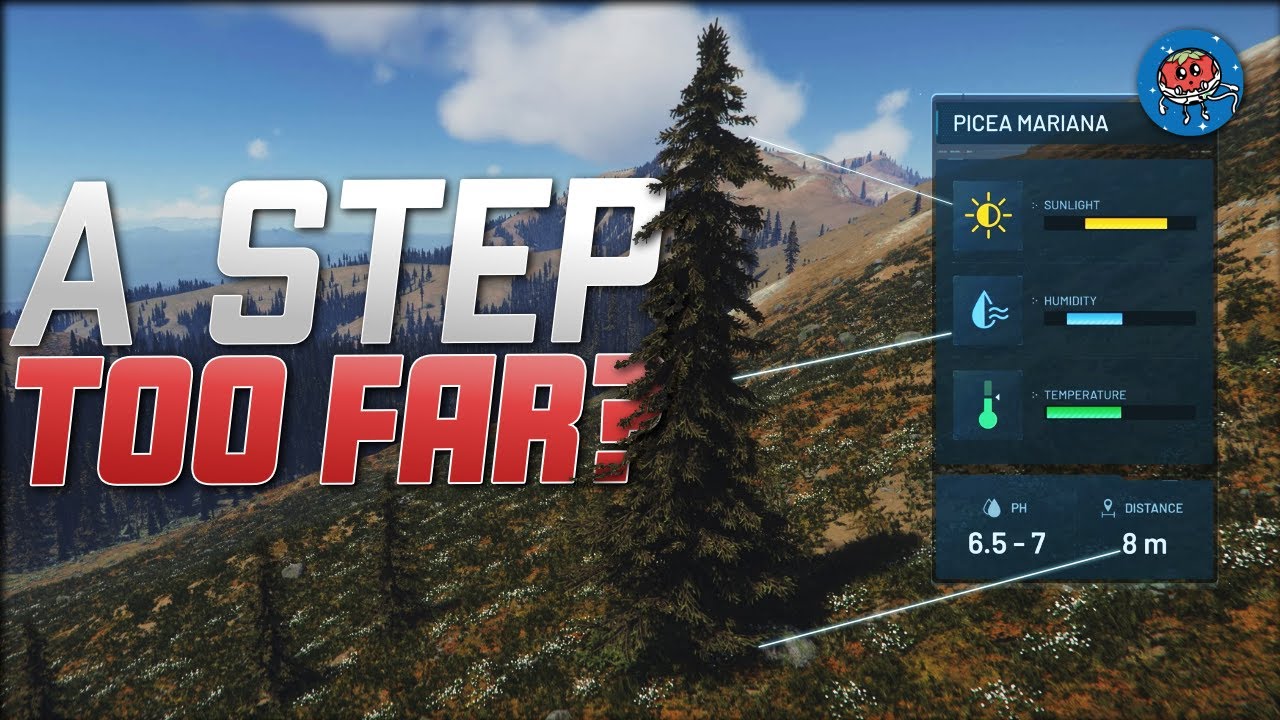Star Citizen’s upcoming Planet Tech update introduces a sophisticated planet generation system that uses diverse environmental variables to create more realistic, varied, and immersive planetary surfaces, improving visuals, performance, and gameplay dynamics. This first phase of a six-part rollout lays the foundation for enhanced lighting, dynamic weather, AI behavior, and procedurally generated points of interest, promising a richer and more engaging planetary experience.
Star Citizen’s upcoming Planet Tech update, powered by Genesis CI’s new planet generation suite, aims to revolutionize the way planets are created and experienced in the game. Traditionally, planetary surfaces were generated based mainly on temperature and humidity, leading to repetitive and sometimes unrealistic landscapes. The new system, called the “laws of nature,” will incorporate a wider range of environmental variables such as soil type, soil depth, sunlight levels, and geological features. This data-driven approach, inspired by real-world Earth and lunar data, will allow for more diverse and logical placement of flora, rocks, animals, and other natural elements, resulting in denser forests, swamps, tundras, and more varied biomes.
One of the key improvements is the more intelligent scattering of assets like rocks and trees. Instead of rocks being uniformly spread across the planet, they will now appear naturally around cliffs and mountains, while valleys will have fewer rocks. This change, combined with a new shader system that dynamically adjusts ground cover based on multiple variables, will reduce the feeling of randomness and repetition that players have criticized. The update also promises better performance through enhanced multi-core GPU utilization and terrain caching, which will minimize pop-in and improve texture resolution and tiling, making planetary surfaces look more detailed and immersive.
Beyond visuals, the update is designed to significantly impact gameplay. Improved terrain logic will make driving ground vehicles smoother and more predictable, allowing players to better plan where to land, offload vehicles, or establish bases. Exploration will benefit from clearer environmental storytelling and predictable locations for harvestable resources. Seasonal changes will affect foliage and cover, influencing combat and resource availability. Outposts and points of interest will adapt their crops and supplies based on location, potentially altering available contracts and tasks, adding a deeper strategic layer to planetary interactions.
The update is only the first phase of a larger six-part Genesis rollout, with future phases promising even more enhancements. These include global illumination for more realistic lighting, a revamped audio engine that simulates sound propagation based on atmospheric conditions, and dynamic weather systems that create unpredictable storms affecting visibility, telemetry, and terrain. Additionally, new biomes like swamps and jungles will feature unique vegetation and environmental effects, further enriching planetary diversity. One ambitious feature, Staritect, will procedurally generate points of interest with faction themes and logical placements, creating thousands of potential locations filled with missions, loot, and AI characters.
Finally, improvements to AI perception and behavior on planets are planned, allowing NPCs to better respond to environmental changes such as light, vehicle movement, and terrain destruction. While this initial phase focuses heavily on optimization and foundational systems rather than content, it sets the stage for more dynamic and engaging planetary gameplay. The rollout will begin with a single planet, likely MicroTech, and will be gradual. Overall, this update addresses long-standing issues with content density, performance, and immersion, offering promising advancements that could transform how players explore and interact with Star Citizen’s vast planetary surfaces.
